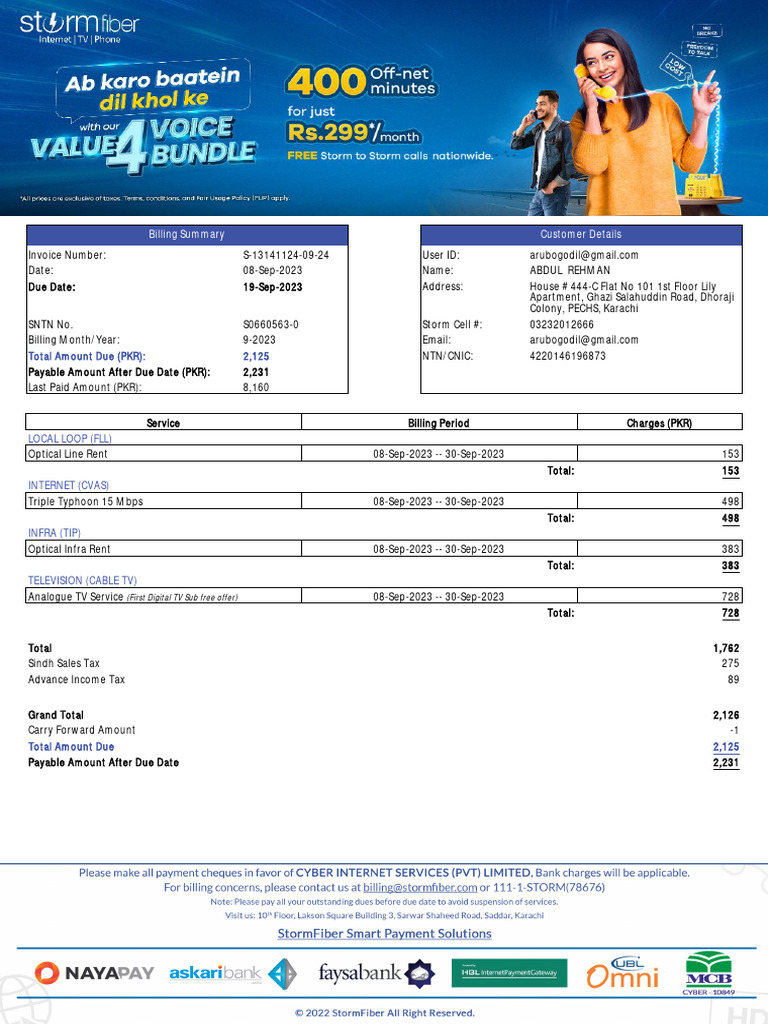In the vast cosmos of mathematics, where abstraction meets reality, inventing a new formula is akin to discovering a new constellation. It is a moment that invites both elation and trepidation, marking the commencement of an intellectual odyssey. This exposition elucidates a systematic pathway for publishing your newly conceived mathematical formula, transforming your initial spark of ingenuity into a beacon of collective enlightenment.
The genesis of every published work lies in meticulous preparation. Just as navigators chart their course by the stars, one must thoroughly understand the implications and applications of their formula. Engage in rigorous analysis; delve deep into the foundational principles and validate your results. This phase is crucial, for a robust comprehension not only solidifies your findings but also equips you with the intellectual arsenal to counter potential scrutiny from peers.
Establishing a bona fide mathematical framework is essential. Every formula emerges from a specific context—be it theoretical or applied mathematics—and is often a response to an existing problem or an unsolved conjecture. It is essential to articulate the foundational queries your formula addresses. Illuminate its significance by discussing how it offers new insights or simplifies existing calculations. Analogously, think of your formula as a new brushstroke on the vast canvas of mathematical art, enhancing its depth and complexity.
Having solidified your understanding, it is time to engage with the existing body of literature. Conduct an exhaustive bibliographic survey to locate relevant materials. This research will not only fortify your proposal but will also unveil the intellectual territory your formula occupies. Discerning where your work fits within the continuum of mathematical scholarship is pivotal, as it contextualizes your innovation. Avoid the pitfall of reinventing the wheel. Ensure you concede credit where it is due, giving acknowledgment to the scholars whose work your formula builds upon.
The next step involves documenting your findings in a clear and coherent manuscript. Structure your paper effectively, integrating compelling introductions, methodical explanations, and comprehensive proofs. Formulate a narrative that captivates your reader while underpinning your assertions with rigorous logic and well-defined terminology. Crafting a scholarly article is akin to composing a symphony: each section must harmonize with the others to produce an articulate and compelling argument. Use diagrams judiciously; visual representations can illuminate complex ideas, making them accessible to a wider audience.
As with any artistic endeavor, peer feedback is invaluable. Enlist colleagues to review your manuscript. Their fresh perspectives may uncover ambiguities, enhance clarity, and refine your arguments. Constructive criticism is the crucible in which scholarly work is forged. Engage with a diverse group of peers to gain multifaceted insights. This process echoes the ethos of collaborative inquiry, which has unduly propelled the advancement of knowledge throughout history.
Once adequately prepared and refined, the next destination on your journey is the realm of publication. The selection of a suitable journal is paramount. Each mathematical journal adheres to its unique ethos, audience, and thematic focus. Some journals prioritize theoretical advancements while others might cater to applied mathematics or interdisciplinary studies. Familiarize yourself with various publications—scope, editorial board, and submission guidelines—to ensure alignment with your work. Furthermore, keep in mind factors like the journal’s impact factor and audience reach, as these will influence the visibility of your formula.
After selecting an appropriate journal, adhere meticulously to submission requirements. This includes formatting articles according to specifications, crafting an abstract that encapsulates the essence of your work, and preparing supplemental materials if necessary. Your abstract serves as a tantalizing preview; it should not only summarize your findings but also highlight the novelty and implications of your formula. Conceive it as the trailer for a captivating film—compelling enough to entice your audience into delving deeper.
Upon submission, brace yourself for the review process. Peer review is an integral mechanism within the scholarly framework, ensuring the integrity and quality of published research. Your manuscript may undergo several rounds of scrutiny, necessitating revisions based on reviewers’ feedback. This iterative process may evoke a sense of vulnerability, yet it is essential for the maturation of your scholarly work. Embrace feedback as an opportunity for growth and refinement.
Once your work is accepted, the final leg of the journey encompasses the dissemination of your findings. Share your formula not only through academic channels but also via workshops, conferences, and seminars. The mathematical community thrives on dialogue; engaging with fellow mathematicians fosters collaboration and can stimulate further exploration. You might also consider leveraging digital platforms, social media, and academic blogs to amplify your reach beyond traditional boundaries.
Ultimately, publishing a new mathematical formula is a multifaceted endeavor that intertwines creativity, rigor, and perseverance. It demands not merely the brilliance of thought but also a steadfast commitment to the scholarly community. Your formula is not merely an isolated theorem; it is a thread woven into the intricate tapestry of mathematics, with the potential to inspire, challenge, and enlighten future generations. As you embark on this intellectual journey, remember, the pursuit of knowledge is not a solitary endeavor, but a shared voyage illuminating the boundless realms of inquiry and understanding.












